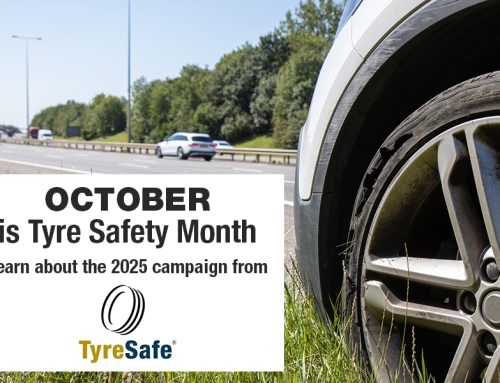If your employees drive for work, they might drive a company vehicle. It’s also possible they might drive their own vehicle or another private vehicle.
As an employer, you’ll have expectations regarding your drivers’ behaviour when representing your organisation in a company vehicle. Equally, you also have responsibilities regarding vehicle maintenance, driver training and vehicle inductions, if they are using another private vehicle while on company business. A driving for work policy is the perfect place to document what you expect from employees, and what they can expect from you.
If your organisation operates a grey fleet (employees driving private vehicles for work) then your driving for work policy should also have a specific section about this, because of grey fleet’s significant effect on your organisation’s risk profile and operational costs.
By using a driving for work policy template UK as a framework, you can make sure that you don’t miss out any of these key areas – so the end result is a fully compliant policy that helps your drivers, and proves that you’re fulfilling your legal duty of care.
What is the policy for employee use of company vehicles?
Every organisation which manages employees who use company vehicles should have a specific driving for work policy detailing their rules, regulations and expectations of drivers.
Part of this policy should refer specifically to the use of company vehicles. It should cover the rules for eligibility, conduct, and possible penalties for an employee who drives a company vehicle.
It’s also really important that the policy covers what employees should do in the event of an incident, breakdown or other issue. Driving for work policies aren’t only there to ensure the upkeep of the vehicle is as you want it – they also provide useful guidelines and information that your drivers can consult when needed to ensure their safety.
If you’re not sure where to start with a driving for work policy and better road risk management, take a look at these best practice case studies of fleet management for inspiration. There are examples across a range of sectors, exploring the challenges employers have faced, how they’ve met those challenges, and the benefits they’ve seen as a result.
Why have a company vehicle policy?
Your organisation should have a company vehicle policy for employees because it’s the best way to set out clear guidelines on what you expect from your drivers, and what they can expect from you.
Company vehicle policies are primarily used to increase fleet safety and avoid misunderstandings on company car use. If you manage drivers, you need to be taking the task of managing road risk seriously – the foundation of that is having robust, comprehensive policies about driving for work and the use of company vehicles.
And don’t forget about agency drivers. They’re a vital part of the driving community but often don’t get the support that they need. So, if your organisation uses agency drivers, you still need to conduct full vehicle inductions and documentation checks, as well as making sure that they are safe and fit to drive and fully understand your organisation’s driving for work policy.
Also, if your employees drive a van, there are specific tips and resources you can share with them to make sure they understand the specific laws, requirements and challenges faced by van drivers.
Finally, remember that you have a responsibility to cover areas other than just the company vehicle to ensure you are managing road risk well and that you are meeting your responsibilities in UK law, when it comes to driving for work. These include the driver and the journey. Using a best practice driving policy template is the way to ensure you have everything covered.
Is it ok to use a company car for personal use?
Typically, employees are allowed to use company cars for personal use – it can even be seen as an attractive job perk.
However, your organisation should have a specific company vehicle usage policy and procedures that govern the personal use of company cars. Make sure you state what these rules are in your driving for work policy. If your company’s rules are documented in a policy that employees are familiar with, this will help to avoid any confusion.
Are employees driving their own vehicles a business risk?
Your organisation might also employ drivers who use their own private vehicle for work-related journeys – this is called ‘grey fleet’. This is particularly common in cases when you have employees who drive to meetings, driving to a conference or event, or running errands as part of their working day.
Just because it’s not a company vehicle, that doesn’t mean that you don’t have significant legal responsibilities as the employer. In fact, far too few companies are managing their grey fleet properly – and that’s worrying.
According to this Grey Fleet Review, 21% of grey fleet drivers are failing insurance checks and may not be eligible to drive for work purposes. If you manage grey fleet drivers, their vehicle is an extension of the workplace under the Health and Safety at Work Act 1974 – so you need to be able to demonstrate that you have taken all reasonable steps to reduce risks for the driver.
The best way to prove that your organisation is taking this responsibility seriously is by following a free company vehicle policy template to make sure that your organisation’s driving for work policy is fully legally compliant and covers all of the key areas.
This Driving for Work Policy Builder provides a framework that you can tailor to your organisation’s needs, and updates you when regulations change – so you’ll never be left in the dark about legislative changes. If you’ve already got a driving for work policy, then it’s also a great tool for checking that your policy is fit for purpose and legally sound.






